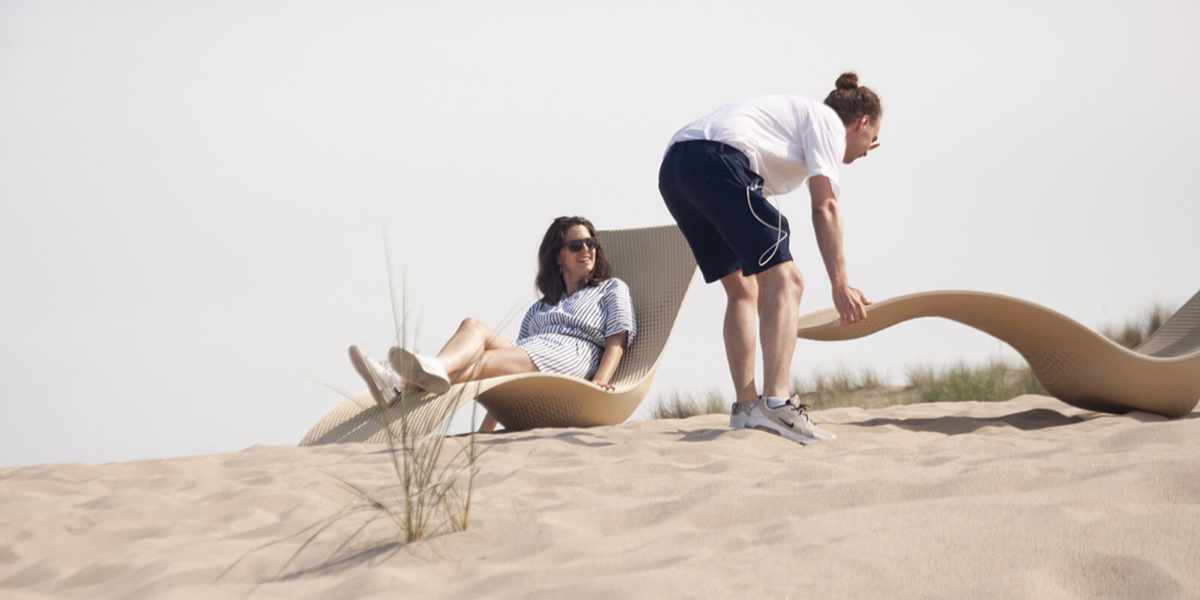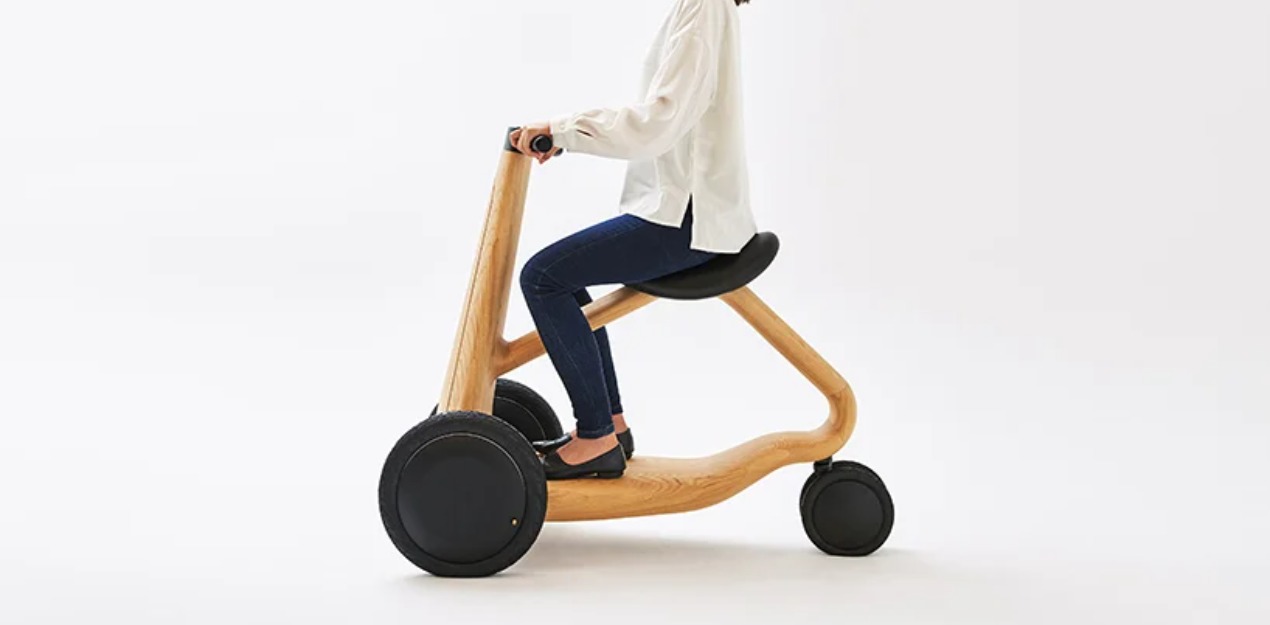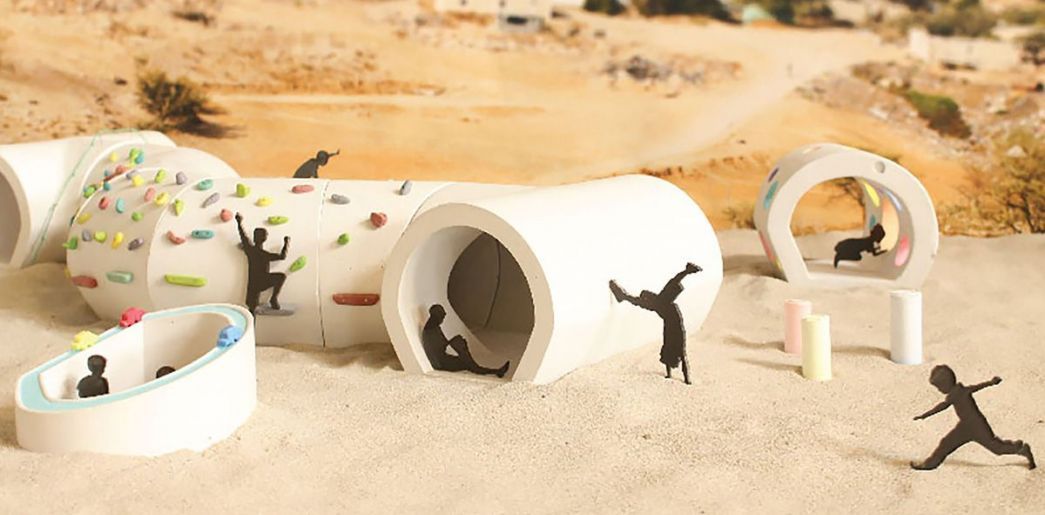AWARD YEAR
2023
CATEGORY
Play & Learning
GOALS
Affordable & Clean Energy
KEYWORDS
marine waste, 3d printing, circular design, recycling, Sustainable Material
COUNTRY
Netherlands
DESIGNED BY
The New Raw
WEBSITE
https://thenewraw.org/Elements
The Elements
The New Raw's 3D-printed beach furniture gives marine plastic waste a new life.
How does it work?
The Dutch studio's limited-edition collection titled The Elements, showcasing wave-like 3D encoded beach furniture, is digitally manufactured from 80 per cent recycled plastic.
Through the means of robotic 3D printing and marine plastic waste as the raw material, Dutch architects Panos Sakkas and Foteini Setaki have designed a limited-edition collection of beach furniture titled 'The Elements'. As suggestive of the moniker, the collection comprising a fitting room, a footpath, and a sunbed, draws inspiration from the diversity of elements characteristic to the shore – "the carcasses of marine organisms, and saltation patterns on the sand and the waves", to list a few. The soft sculptural forms come in two colours – aqua and sand – and a materiality focused on both visual and ergonomic comfort.
Why is it needed?
"Plastic is a major contributor to the pollution of the seas. However, living in urban regions, we tend to forget about our dependence on the sea that is related to food and oxygen supply,” says Sakkas and Setaki in an official statement. The duo arrived at the design through a rigorous 'form follows process' approach in which digital manufacturing gave shape to a refreshing visual language and a unique ergonomic design. The wavy forms that easily blend with the topography of beaches reveal 3D encoded textures, which as per the architects "act equally as ornament and as functional components to achieve climatic comfort during use, natural air ventilation, light irradiation, water drainage and cooling". A programmed robot movement sculpted the forms layer by layer, bringing together a striking display of colours, textures and geometries; the engineered input minimised the printing and assembly time.
How does it improve life?
With a philosophy that prioritises circular design and 'making with waste', The New Raw sets out to redefine "how we see and experience waste". The studio employs decentralised systems in which local plastic waste is used as a material resource for projects. The practice is rooted in the idea that this could help achieve a sustainable future for coastal and remote areas in which local production can benefit from global design thinking and can act independently of global material supply chains.





